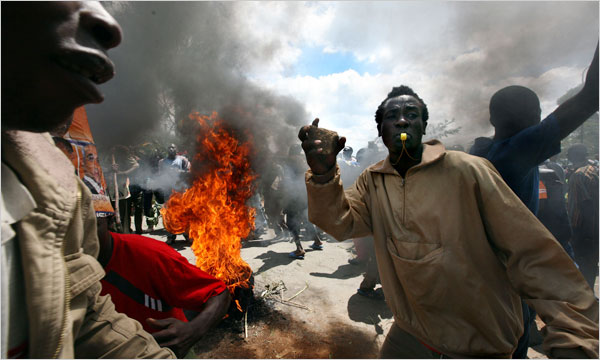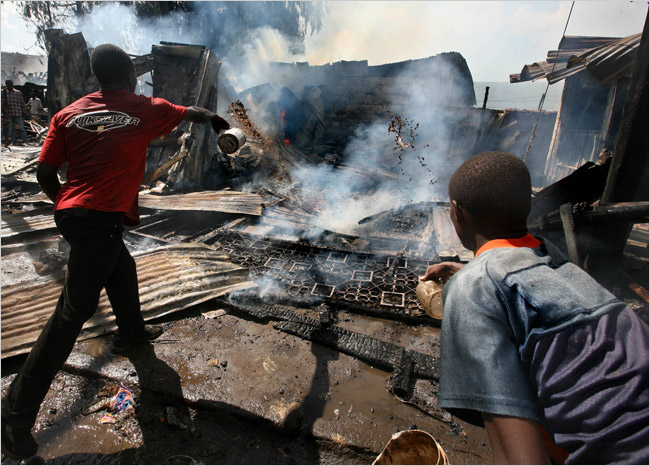Mekatilili
JF-Expert Member
- Oct 16, 2011
- 1,613
- 1,382
Tanzania
Population: 44 million
Number of people in slums: 6.2 million
Percentage of urban population in slums: 66%
Partner organisation: Centre for Community Initiatives (CCI)
Tanzania has the third highest slum growth rate in Africa, over 6% per year, and the sixth largest slum population. With over 6 million people living in slums, slum dwellers make up more than two-thirds of its urban population. Other UN reports estimate that in fact 92% of Tanzania's urban population live in slum conditions – more than 11 million people – which would make it the third largest slum population in Africa. In recent years, the government has carried out numerous evictions, leaving tens of thousands of poor households without shelter, water and sanitation, and often livelihoods.
People living in Tanzania's slums often lack secure tenure, clean water and basic services, and the rapid growth of slums has seen water and sanitation coverage regress in many areas. Pit latrines, the most common form of sanitation, are poorly constructed and often collapse during the rainy season. Health is a common problem: according to the World Health Organisation, 6% of Tanzanian adults live with HIV/AIDS, increasing to 11% in urban areas. Antiretroviral drugs are often unavailable and unaffordable for the poorest, who also suffer from significant stigma and discrimination, as HIV/AIDS remains a taboo subject. The HIV/AIDS pandemic presents unique challenges in slum communities, notably due to the speed of transmission and unsanitary conditions, resulting in low health levels and severe poverty.
Slums and urban poverty in Tanzania - Homeless International
Population: 44 million
Number of people in slums: 6.2 million
Percentage of urban population in slums: 66%
Partner organisation: Centre for Community Initiatives (CCI)
Tanzania has the third highest slum growth rate in Africa, over 6% per year, and the sixth largest slum population. With over 6 million people living in slums, slum dwellers make up more than two-thirds of its urban population. Other UN reports estimate that in fact 92% of Tanzania's urban population live in slum conditions – more than 11 million people – which would make it the third largest slum population in Africa. In recent years, the government has carried out numerous evictions, leaving tens of thousands of poor households without shelter, water and sanitation, and often livelihoods.
People living in Tanzania's slums often lack secure tenure, clean water and basic services, and the rapid growth of slums has seen water and sanitation coverage regress in many areas. Pit latrines, the most common form of sanitation, are poorly constructed and often collapse during the rainy season. Health is a common problem: according to the World Health Organisation, 6% of Tanzanian adults live with HIV/AIDS, increasing to 11% in urban areas. Antiretroviral drugs are often unavailable and unaffordable for the poorest, who also suffer from significant stigma and discrimination, as HIV/AIDS remains a taboo subject. The HIV/AIDS pandemic presents unique challenges in slum communities, notably due to the speed of transmission and unsanitary conditions, resulting in low health levels and severe poverty.
Slums and urban poverty in Tanzania - Homeless International








